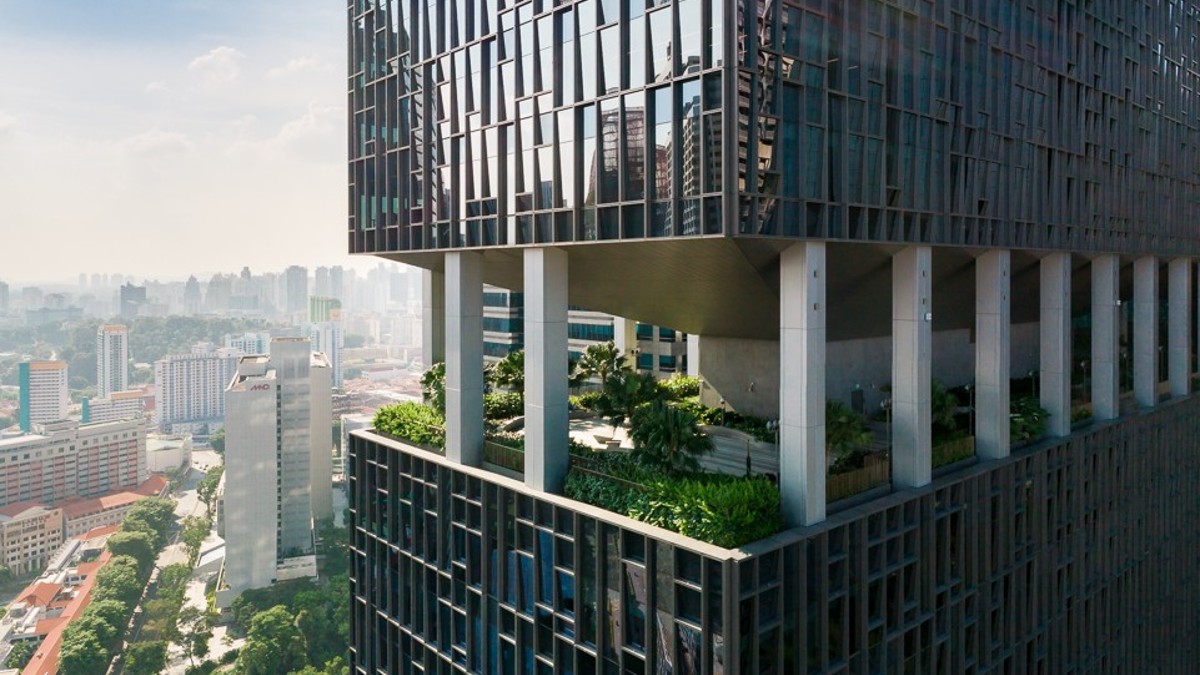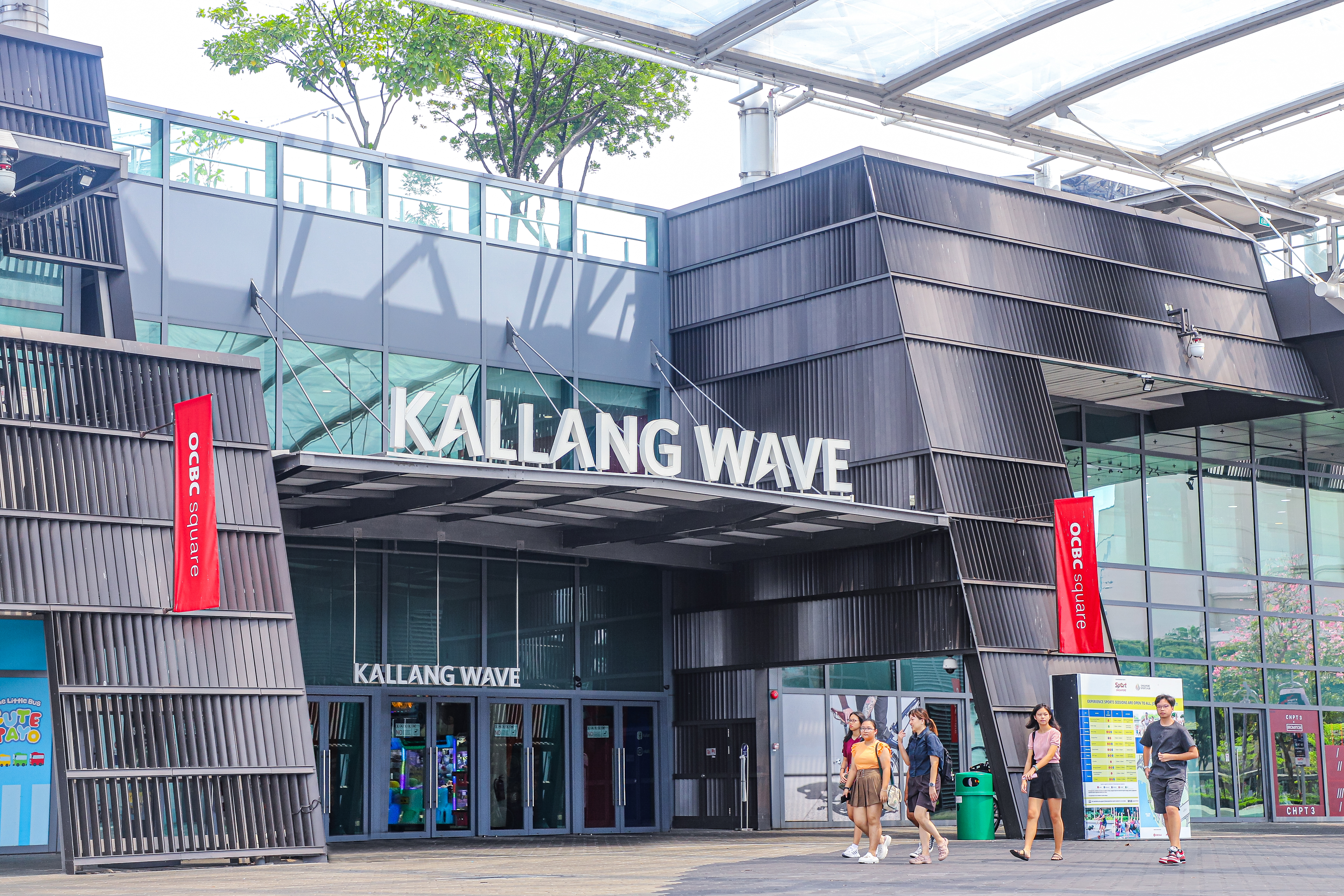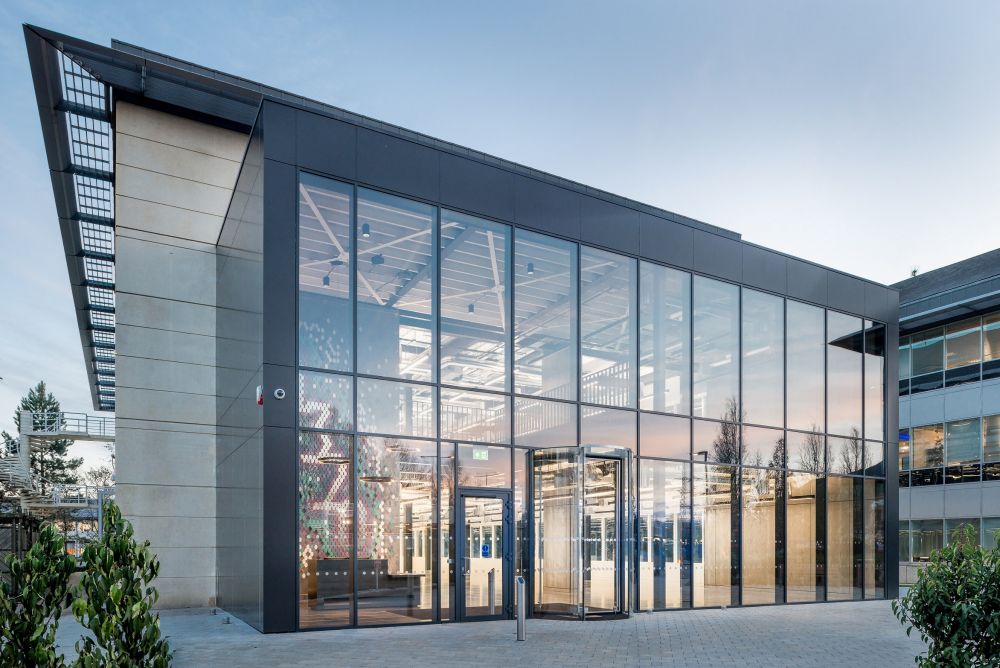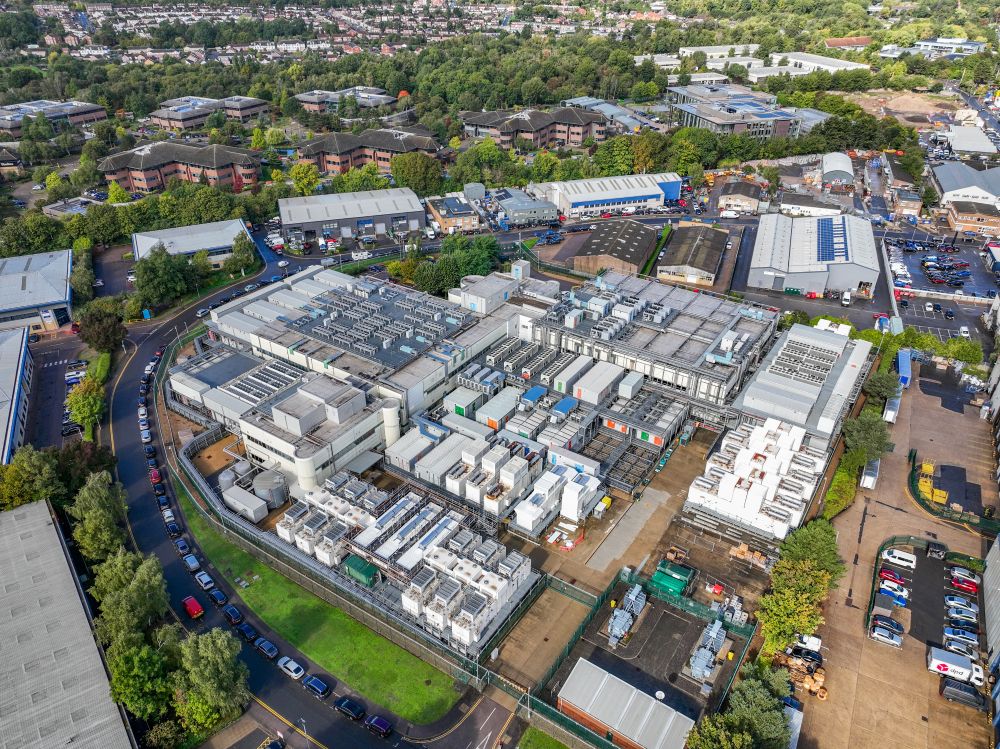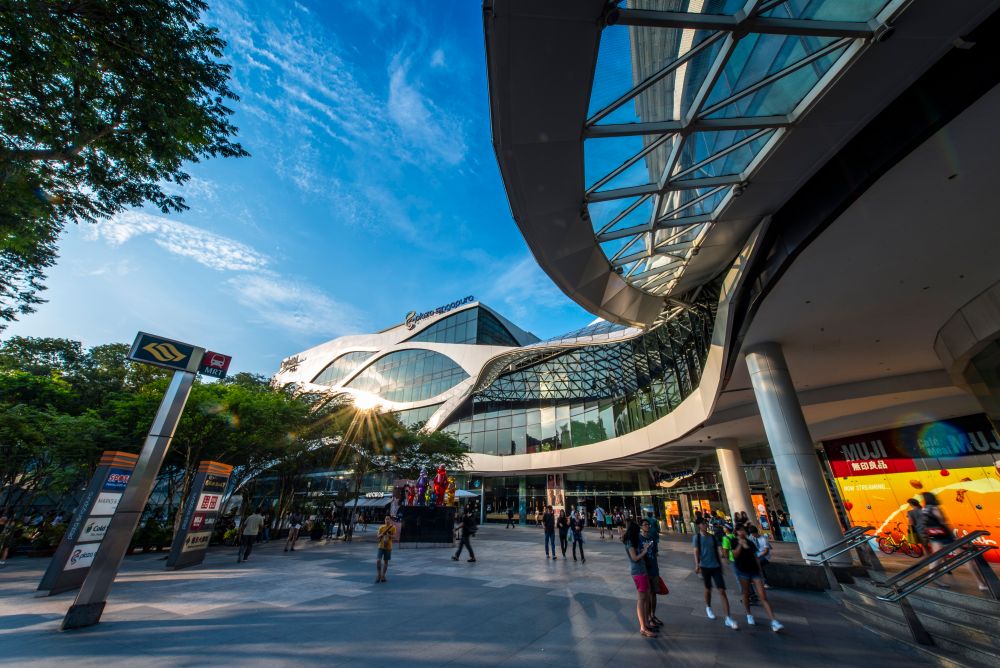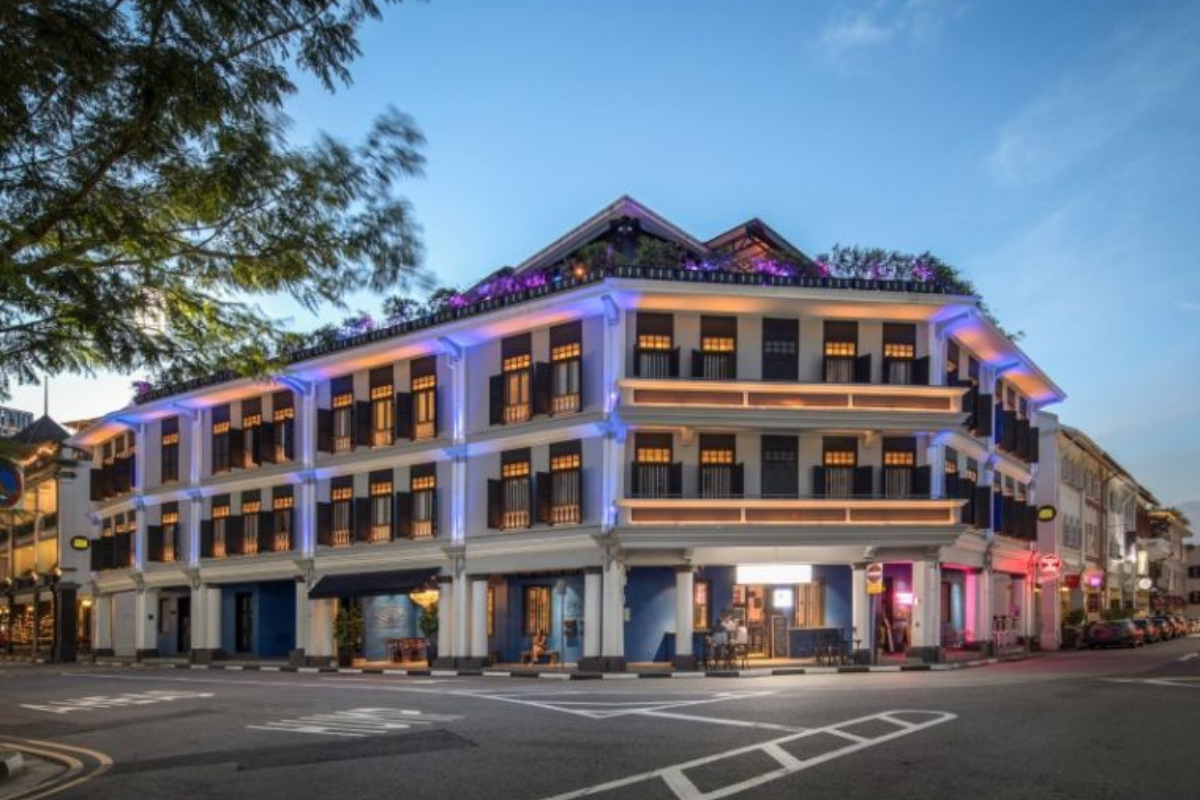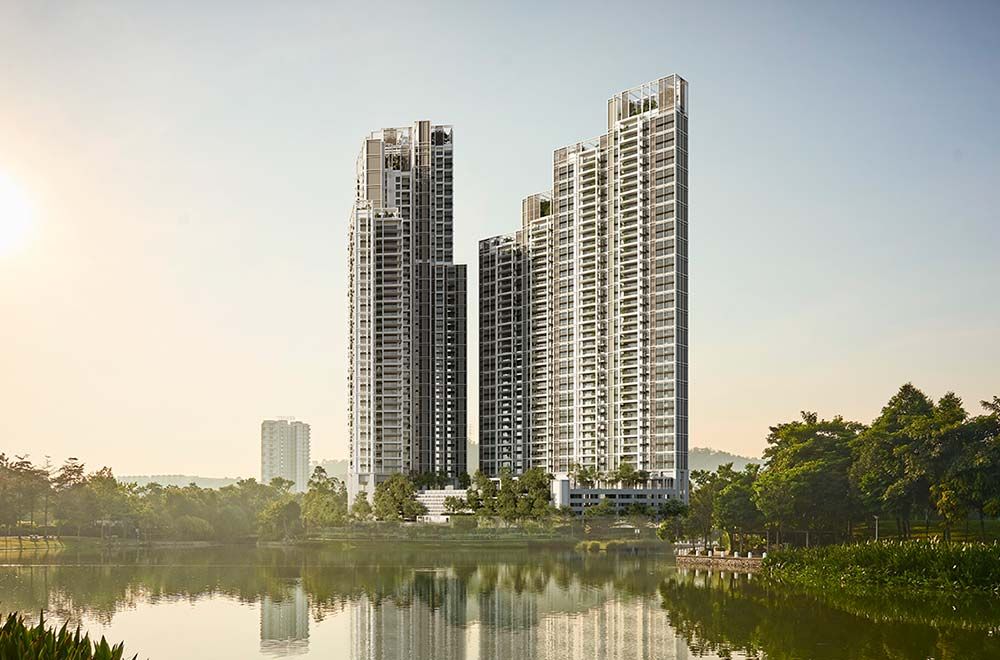CLAS is committed to building a resilient and resource-efficient portfolio that positively impacts the environment and the communities in which we operate.
Environmental, Health and Safety Policy
We are committed to protecting the environment and upholding the occupational health and safety of everyone in the workplace, and will:
- Carry out exemplary environmental, health and safety (EHS) practices to minimise pollution and health and safety risks
- Seek continual improvement on CLAS' EHS performance
- Comply with pertinent legislations and other requirements
- Implement the CapitaLand Sustainable Building Guidelines and Occupational Health and Safety Programmes
We leverage CLI's certified Environmental, Health and Safety Management System (EHSMS) to monitor and manage our environmental performance across our geographically diversified global portfolio. The EHSMS is certified to internationally recognised ISO 14001 and ISO 45001 standards, audited by third-party accredited certification body.
Our EHS policy is readily available to all employees, suppliers, service providers and partners.
Sustainable Building Guidelines
CLI aims to future-proof its developments and bring greater safety and supply chain standards by addressing the risks of climate change, EHS risks and opportunities right from the design stage through the implementation of its Sustainable Building Guidelines (SBG). An in-house guide developed since 2007, the SBG ensures environmental, health and safety considerations are considered throughout all stages of a project, from feasibility, design, procurement, construction, operation to redevelopment.
Key objectives of the SBG:
- Minimising carbon footprint and energy consumption
- Water management
- Reducing the generation of waste
- Promoting biodiversity in the real estate life cycle
Environmental & Social Impact Assessment
The Environmental & Social Impact Assessment (ESIA) is conducted for new investments, including a comparative analysis of the asset's environmental aspects with the portfolio's ESG strategy, as well as an assessment of physical risk, safety, and selected social impacts.





